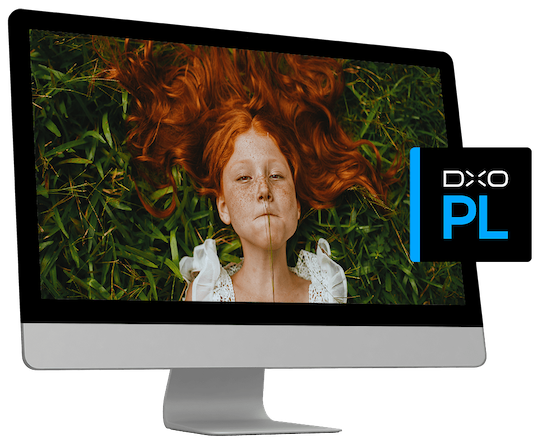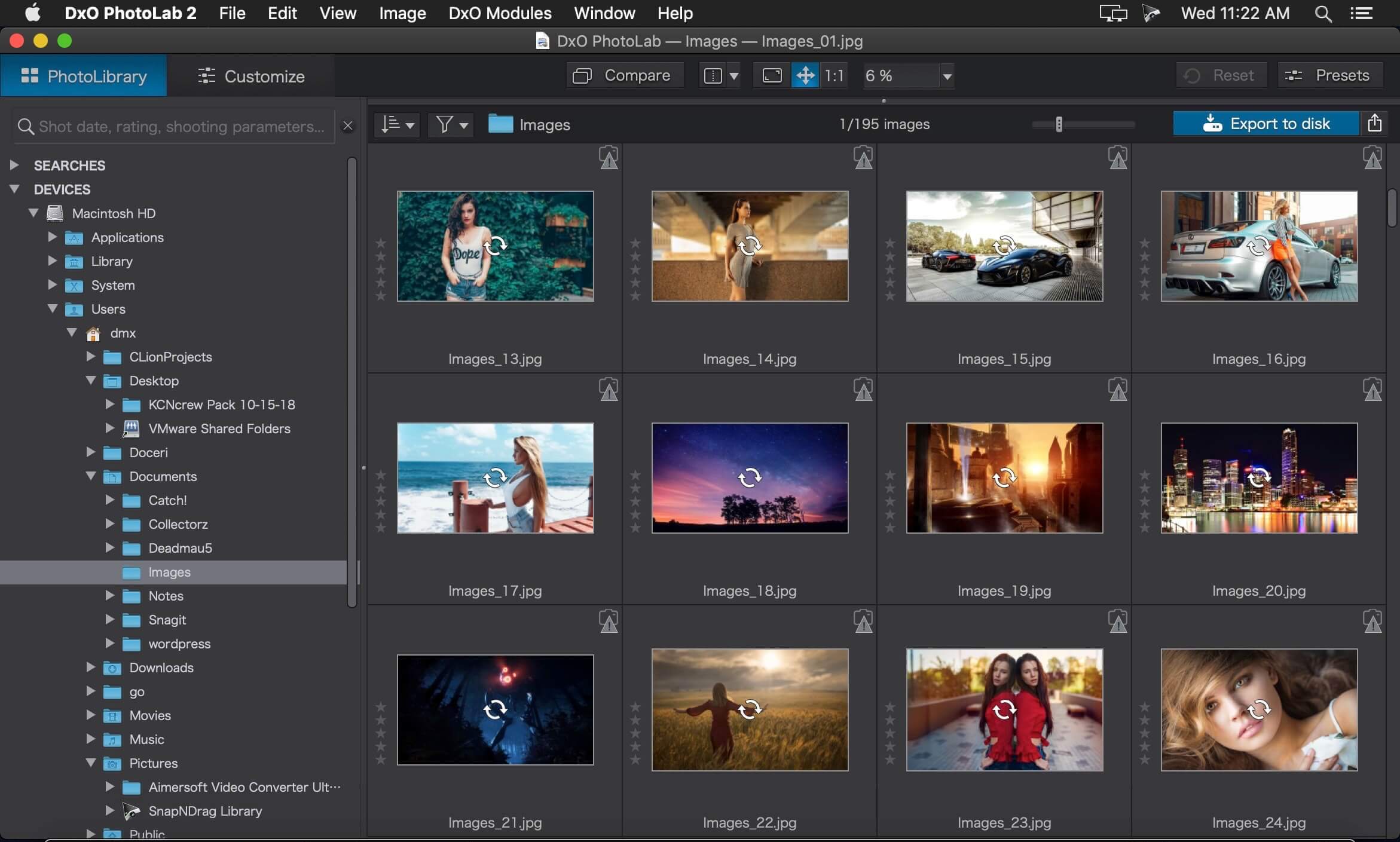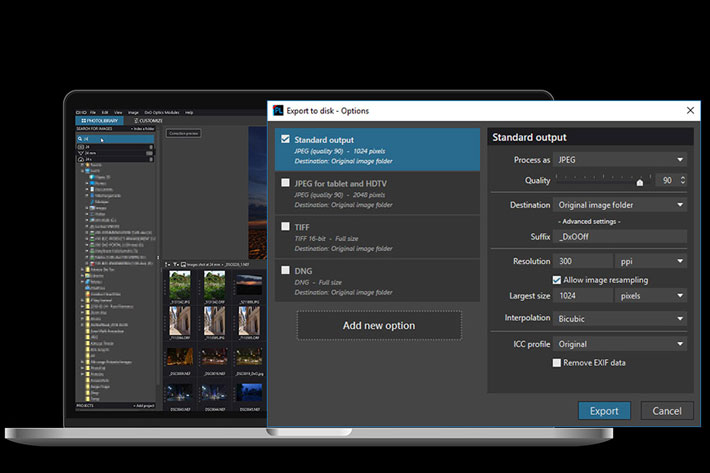
What’s more, you can collapse panels you don’t need or customise the workspace so that it’s pared down to just those tools you need. With this full, automated perspective corrections are just a click away. PhotoLab 5 has lens corrections but not perspective corrections – for this you need the DxO ViewPoint add-on. The tools are now organised into groups according to their purpose – Light, Color, Detail, Geometry, Local Adjustments and Effects. It would be easy for new users to be intimidated by the sheer number of tools and panels, though DxO has made improvements here. We have ours set up with a histogram and navigator panel in the left sidebar and adjustment tools in the right sidebar. The Customise (editing) window is more complicated.

PhotoLab’s PhotoLibrary window is pretty straightforward, with a folder tree and search field in the left sidebar, histogram and metadata panels on the right and thumbnails in the middle – the interface is actually highly customisable. Speaking of ‘virtual’, you can create as many virtual copies of an image as you like without duplicating the image file itself on your computer. Other things to note about PhotoLab 5 is that it is a non-destructive editor, so until you export a new, processed version of your photo, your changes are purely ‘virtual’ and visible only inside PhotoLab. PhotoLab 5 is a fully non-destructive editor – here we have one image with four different 'virtual copies', each with a different editing treatment.
#DXO PHOTOLAB 4 VS 5 DOWNLOAD#
When you want to edit an image, you switch to the Customise window, where PhotoLab will automatically apply lens corrections based on its inbuilt profiles – or prompt you to download them if you don’t have them yet. These keywords conform to IPTC standards and are visible in other programs too. Specifically, you can apply keywords and search for images with specific keywords too. New in PhotoLab 5, though, is support for EXIF and IPTC metadata. It’s not Lightroom by any means, but for those who like to organize their images with physical folders it’s fine.

First, it has an improved PhotoLibrary panel where you can browse your images by folders, carry out basic searches based on image parameters and even create virtual Projects (or albums).


So let’s take a look at what DxO PhotoLab 5 can do from a workflow perspective. The DxO PhotoLibrary is a basic but effective image organizer, now with EXIF, IPTC metadata support and keywords.
#DXO PHOTOLAB 4 VS 5 SOFTWARE#
Both versions will correct lens distortion, chromatic aberration, corner shading and even edge softness automatically, but to get the perspective correction tools we now take for granted in other software for fixing converging verticals, for example, you need to get the DxO ViewPoint add-on, which is more again. What PhotoLab does not have built in is perspective correction tools, even in the Elite edition.
#DXO PHOTOLAB 4 VS 5 ISO#
Quite apart from anything else, it comes with DxO’s very effective ClearView contrast enhancement and its uncannily effective DeepPRIME noise reduction – which could completely change your mind about ‘acceptable’ ISO settings on your camera. PhotoLab 5 is sold in both Essential and Elite editions, but if you want the best that DxO’s raw processing can offer, we would recommend the more expensive Elite edition.


 0 kommentar(er)
0 kommentar(er)
